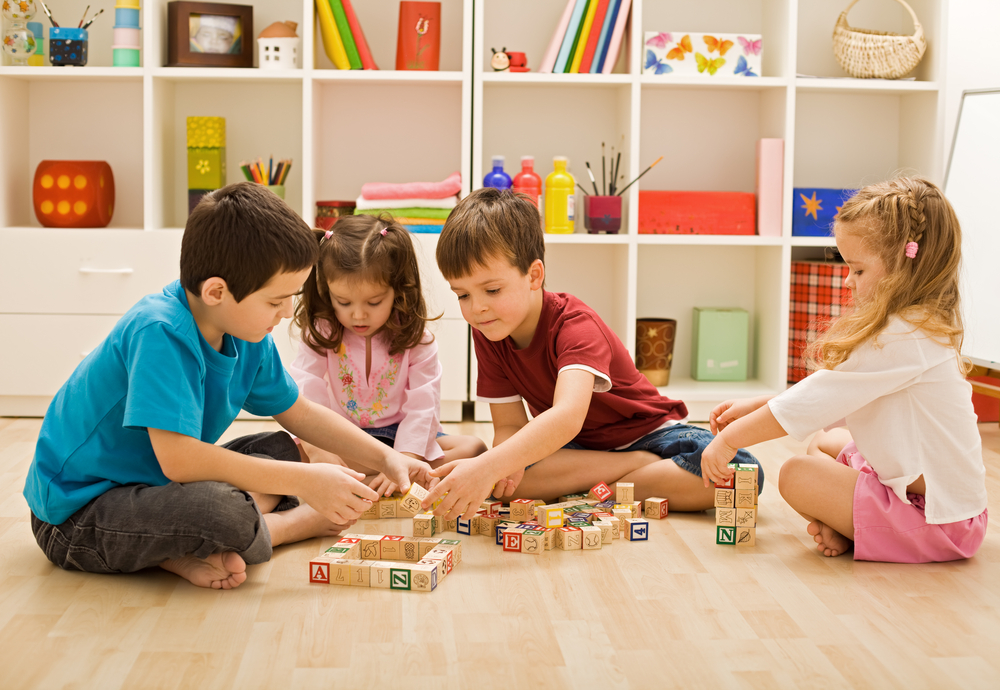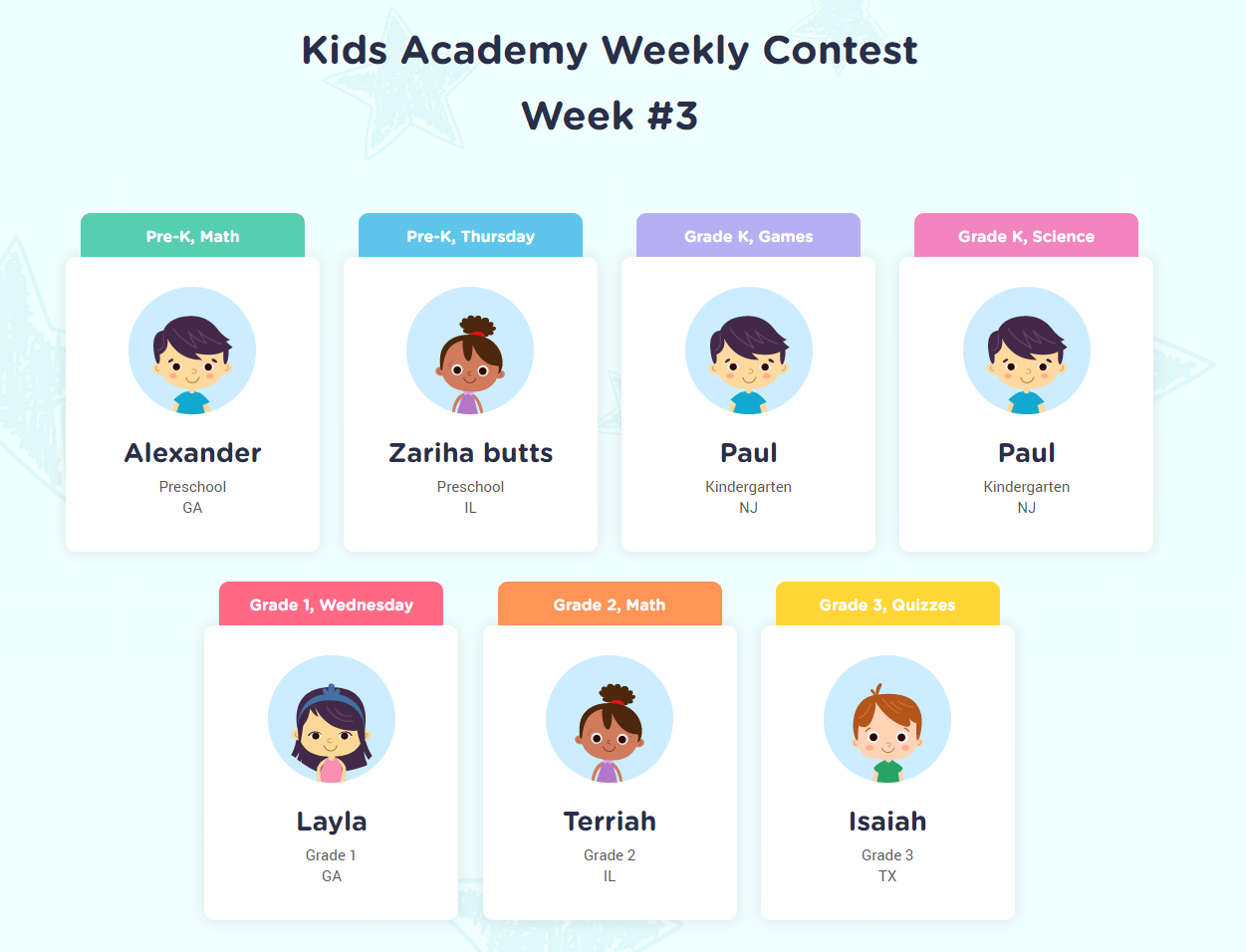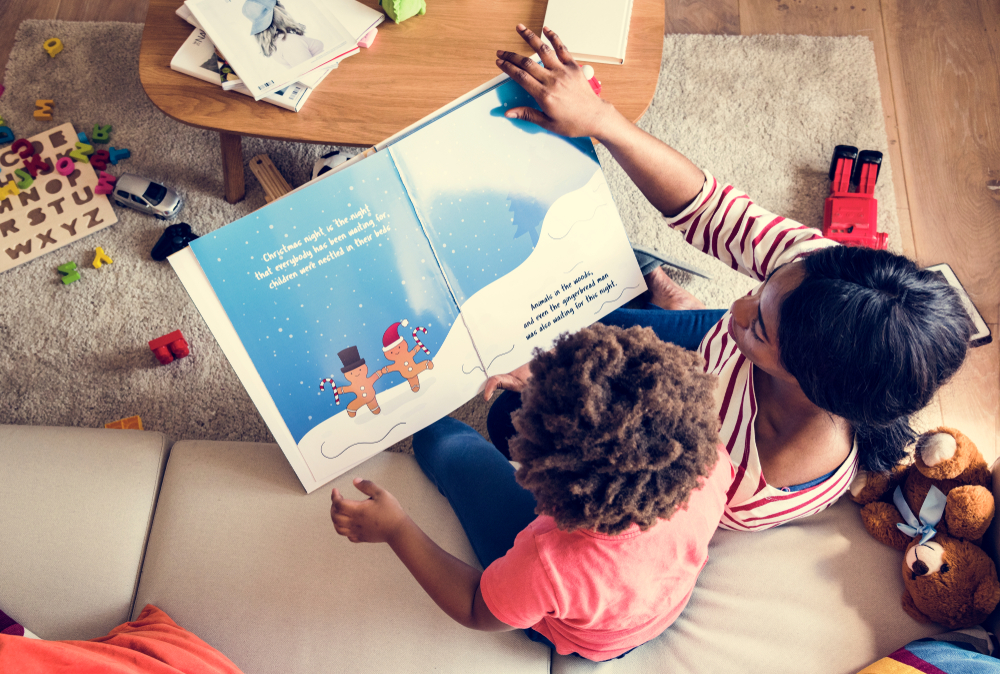Emotional expression Worksheets for 3-Year-Olds
3 filtered results
-
From - To
Our "Emotional Expression Worksheets for 3-Year-Olds" are designed to help young children explore and express their feelings in a fun, engaging way. These printable worksheets use vibrant illustrations and simple activities to teach kids how to identify and communicate various emotions. By completing these worksheets, children develop essential emotional intelligence skills such as empathy, self-awareness, and social interaction. Perfect for parents and educators, these resources create a nurturing environment where children feel safe to express themselves, paving the way for healthier emotional development and stronger interpersonal relationships. Download now and watch your child thrive emotionally!
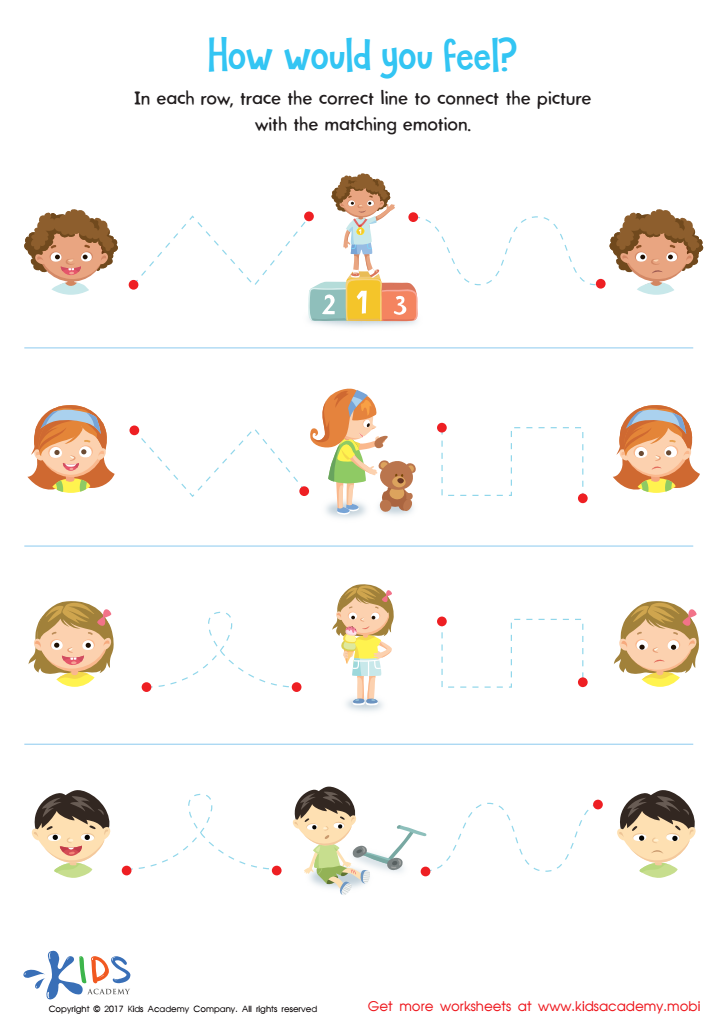

Feelings and Emotions Worksheet


Three Little Piggies Printable Coloring Page
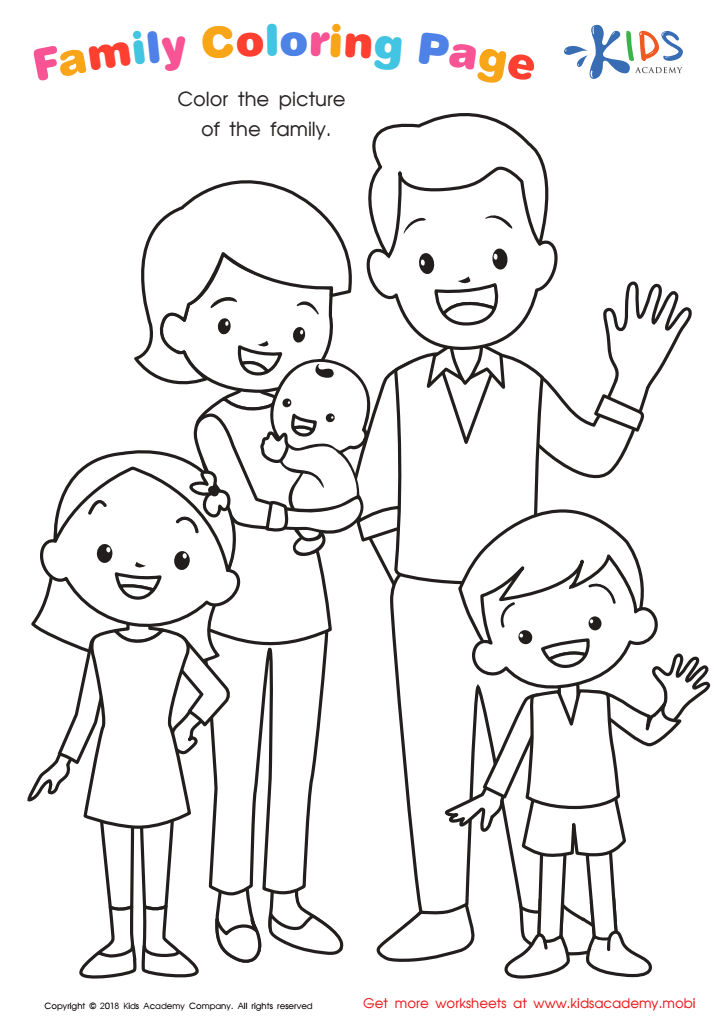

Family Coloring Page
Emotional expression is crucial for 3-year-olds because it lays the foundation for their social, emotional, and cognitive development. At this age, children are navigating big emotions but often don't have the vocabulary to express them. Parents and teachers who prioritize emotional expression help kids develop important life skills, such as self-regulation and empathy.
Children who are encouraged to express their emotions learn to identify and articulate what they are feeling, fostering better communication skills. This, in turn, leads to healthier relationships with peers and adults. Validating children’s emotions also makes them feel understood and secure, which is essential for developing self-esteem.
Moreover, understanding and expressing emotions can impact cognitive development. For example, a child frustrated with a puzzle but able to express their feelings may persevere longer and ultimately succeed, cultivating resilience and problem-solving skills. When children’s emotional needs are met, they are better able to focus and engage with their learning environment.
In summary, nurturing emotional expression helps 3-year-olds build a foundation for emotional intelligence, crucial for both academic and life success. Parents and teachers play a pivotal role in creating a supportive space where children feel safe to explore and express their feelings.

 Assign to My Students
Assign to My Students






